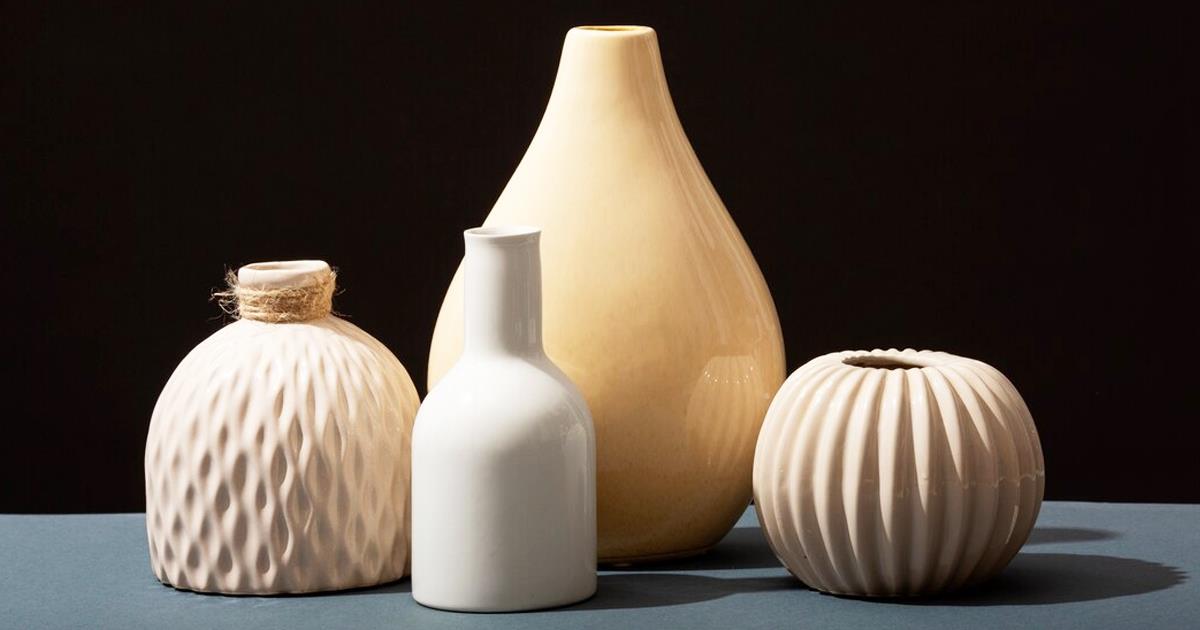Advances in Ceramics
A special issue of Ceramics (ISSN 2571-6131).
Deadline for manuscript submissions: closed (15 December 2022) | Viewed by 325833

Special Issue Editor
Interests: ceramic processing; thermomechanical behavior; shaping; sintering; SPS; cermets; ceramic matrix composites
Special Issues, Collections and Topics in MDPI journals
Special Issue Information
Dear Colleague,
Ceramic materials are largely used in industry or key technologies of the 21st century. Important developments have been made during the last few decades concerning the fabrication of new functional or structural ceramics. So, it is necessary to take stock of the progresses and developments made in recent years.
Advanced ceramics can fulfill many functions that can be briefly recalled: electrical, optical, magnetic, chemical, thermal, thermomechanical, nuclear, military, biomedical functions. These functions determine their applications and, therefore, their development.
The aim of this Special Issue on “advances in ceramics” is to present the latest developments concerning advanced ceramics from fabrication to properties and applications.
I am asking scientists to propose short communications, full papers or reviews corresponding to this Special Issue. The following topics can be addressed:
- Powder synthesis, ceramic processing and shaping;
- Sintering: conventional, cold sintering, flash sintering, field-assisted sintering, pressure-assisted sintering;
- Additive fabrication;
- Advanced structural ceramics and composites;
- Refractories and UHT ceramics;
- Functional ceramics;
- Ceramic coatings and thin films;
- Ceramics and energy;
- Ceramics and environment;
For each topic, modeling can be considered.
Prof. Dr. Gilbert Fantozzi
Guest Editor
Manuscript Submission Information
Manuscripts should be submitted online at www.mdpi.com by registering and logging in to this website. Once you are registered, click here to go to the submission form. Manuscripts can be submitted until the deadline. All submissions that pass pre-check are peer-reviewed. Accepted papers will be published continuously in the journal (as soon as accepted) and will be listed together on the special issue website. Research articles, review articles as well as short communications are invited. For planned papers, a title and short abstract (about 250 words) can be sent to the Editorial Office for assessment.
Submitted manuscripts should not have been published previously, nor be under consideration for publication elsewhere (except conference proceedings papers). All manuscripts are thoroughly refereed through a single-blind peer-review process. A guide for authors and other relevant information for submission of manuscripts is available on the Instructions for Authors page. Ceramics is an international peer-reviewed open access monthly journal published by MDPI.
Please visit the Instructions for Authors page before submitting a manuscript. The Article Processing Charge (APC) for publication in this open access journal is 1600 CHF (Swiss Francs). Submitted papers should be well formatted and use good English. Authors may use MDPI's English editing service prior to publication or during author revisions.
Keywords
- Advanced ceramics
- Ceramic processing
- Sintering
- Additive manufacturing
- Functional ceramics
- Structural ceramics
- Ceramics properties
Benefits of Publishing in a Special Issue
- Ease of navigation: Grouping papers by topic helps scholars navigate broad scope journals more efficiently.
- Greater discoverability: Special Issues support the reach and impact of scientific research. Articles in Special Issues are more discoverable and cited more frequently.
- Expansion of research network: Special Issues facilitate connections among authors, fostering scientific collaborations.
- External promotion: Articles in Special Issues are often promoted through the journal's social media, increasing their visibility.
- Reprint: MDPI Books provides the opportunity to republish successful Special Issues in book format, both online and in print.
Further information on MDPI's Special Issue policies can be found here.
Related Special Issues
- Advances in Ceramics, 2nd Edition in Ceramics (53 articles)
- Advances in Ceramics, 3rd Edition in Ceramics (27 articles)





